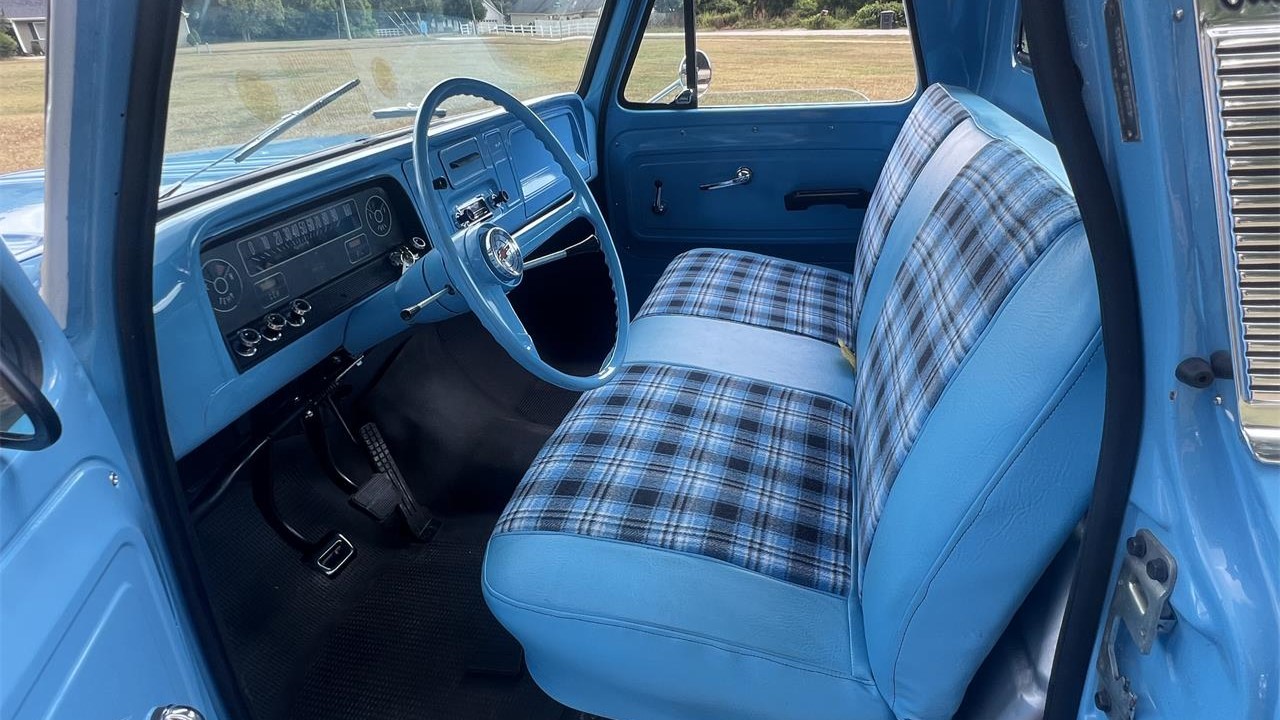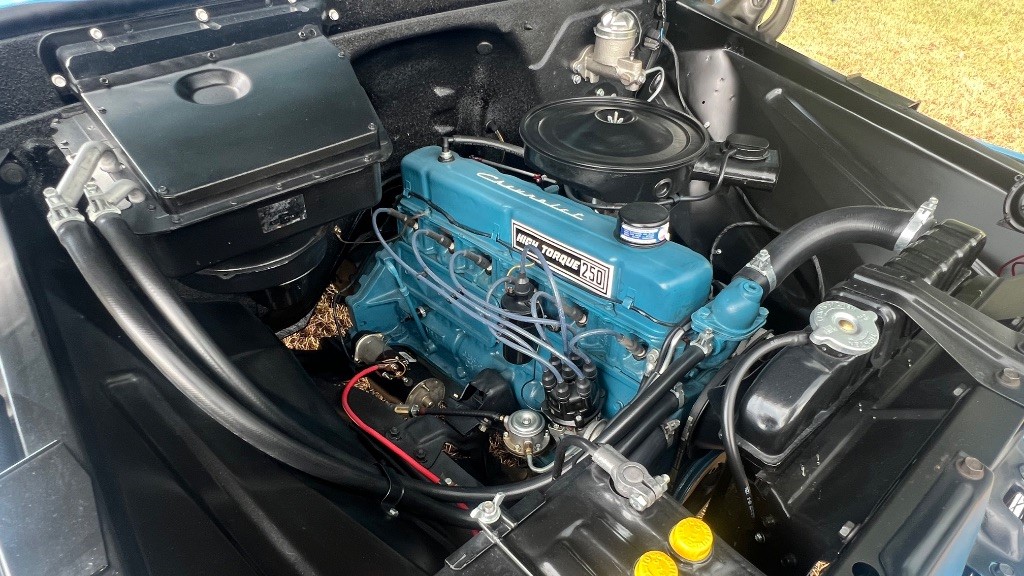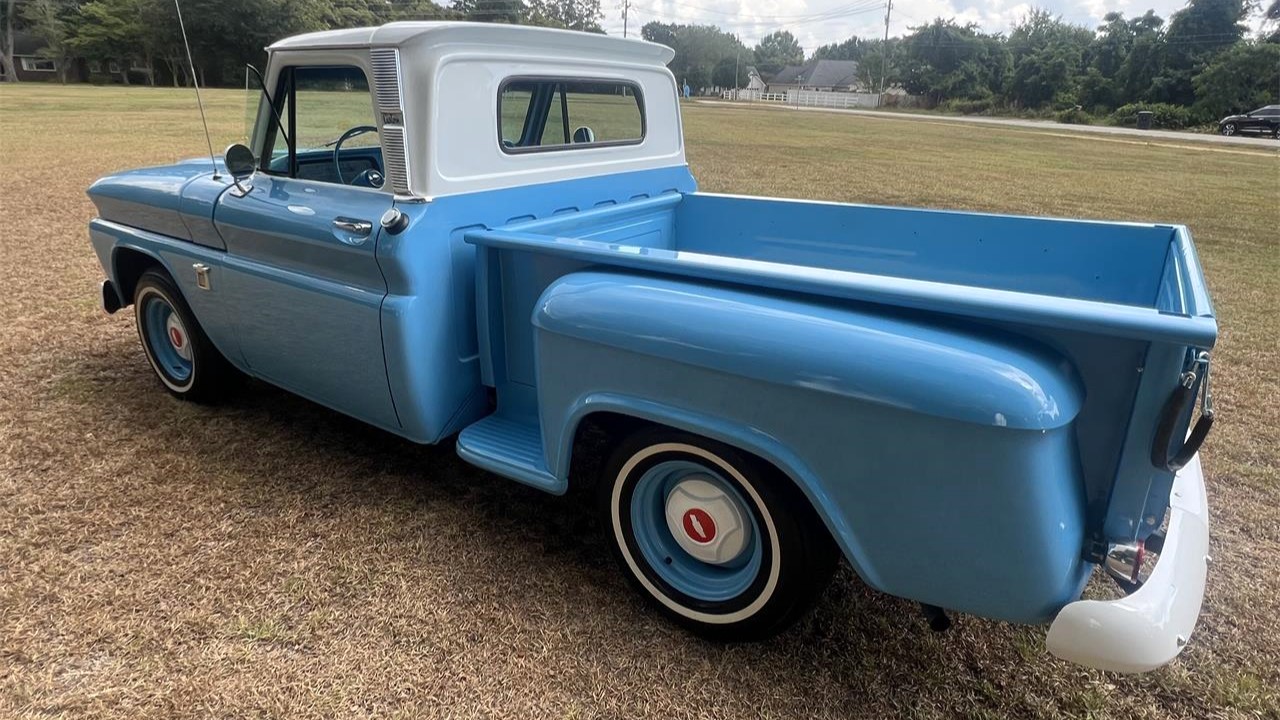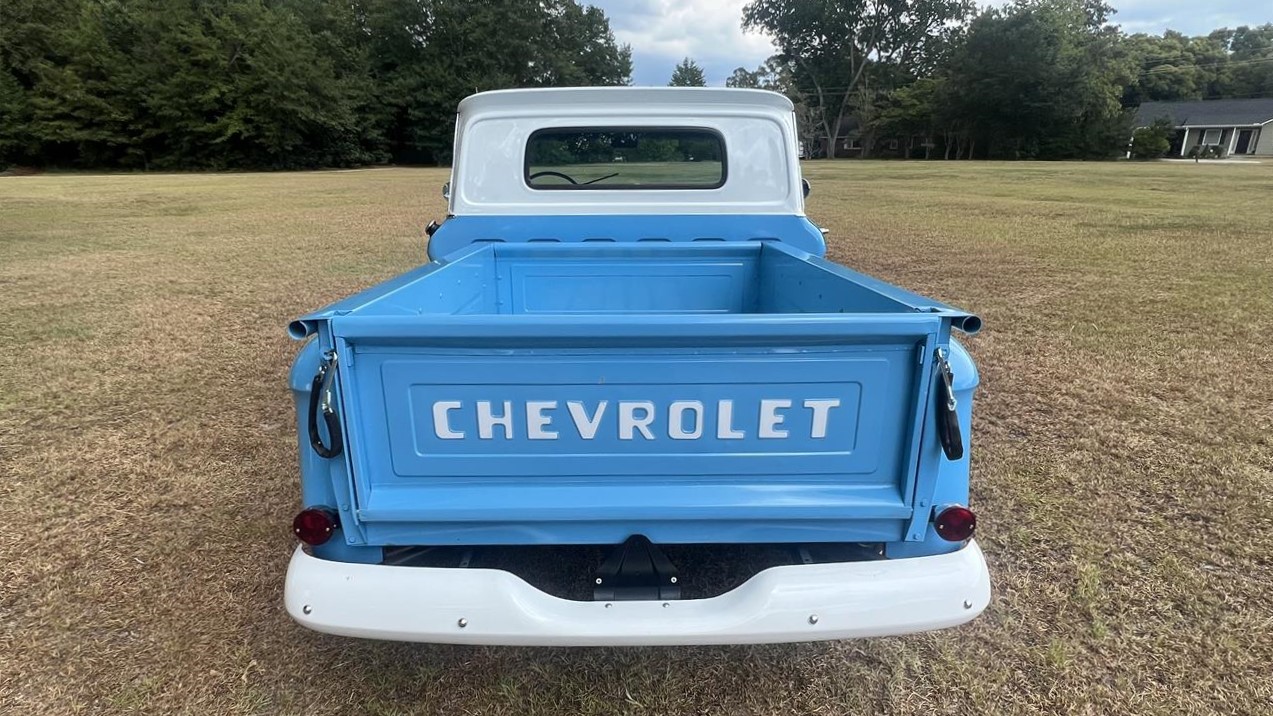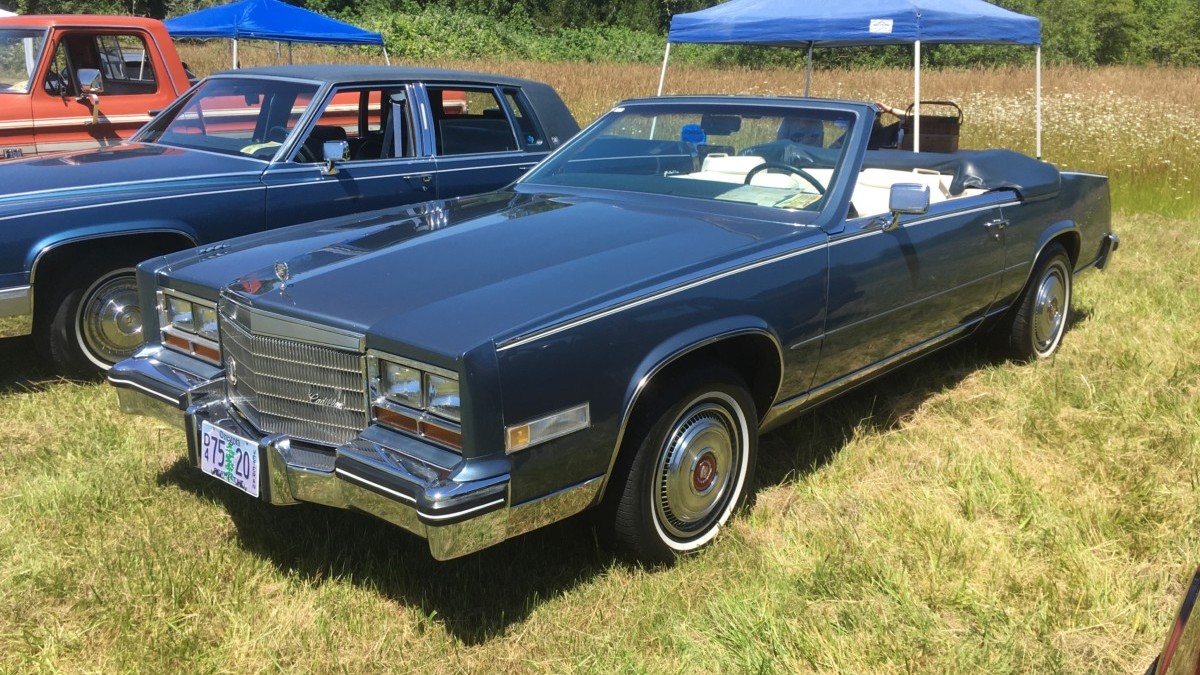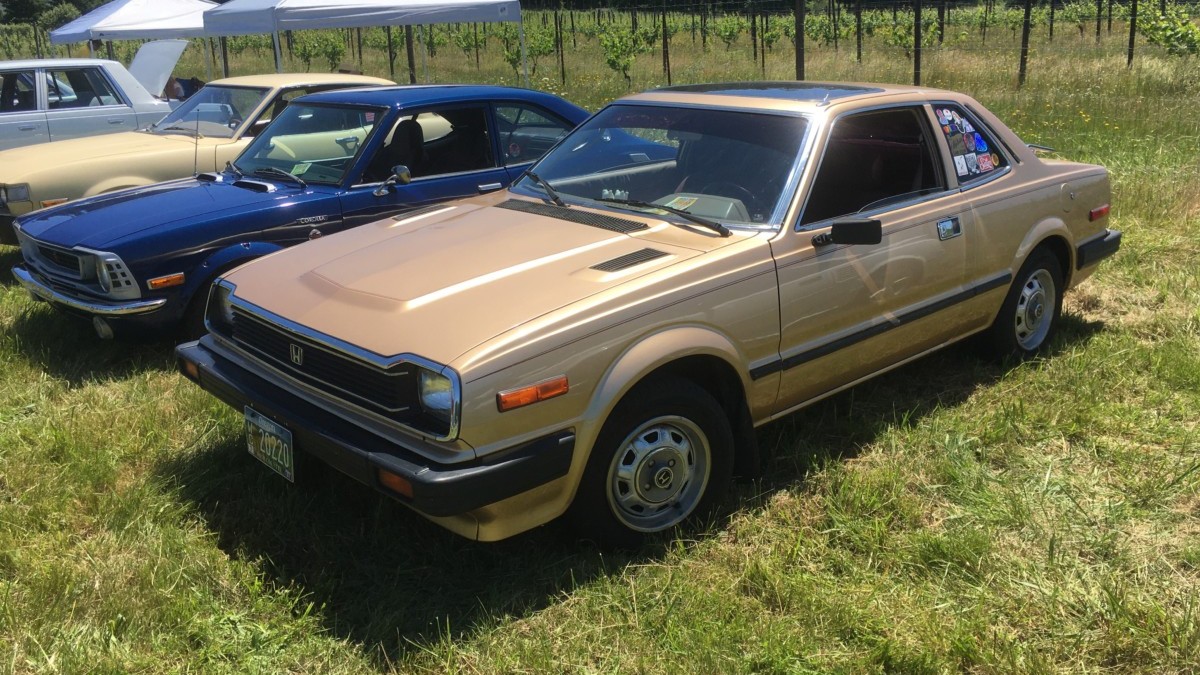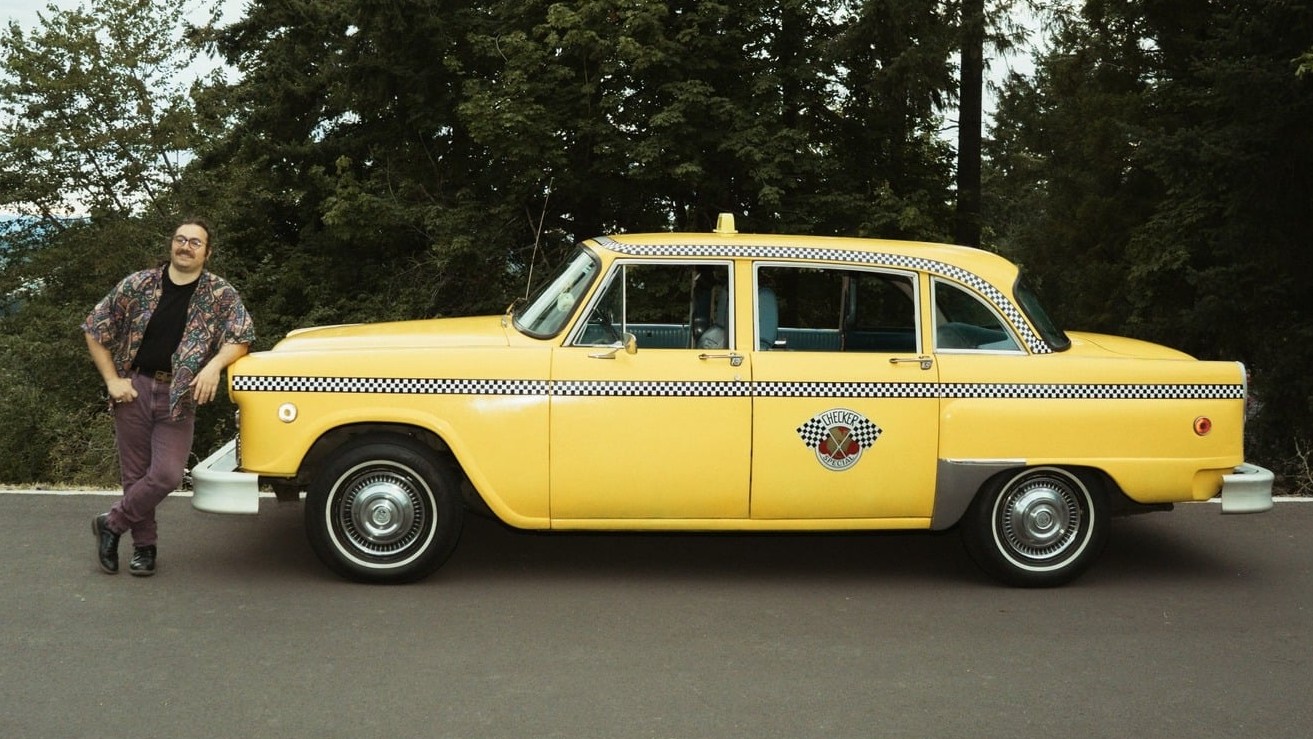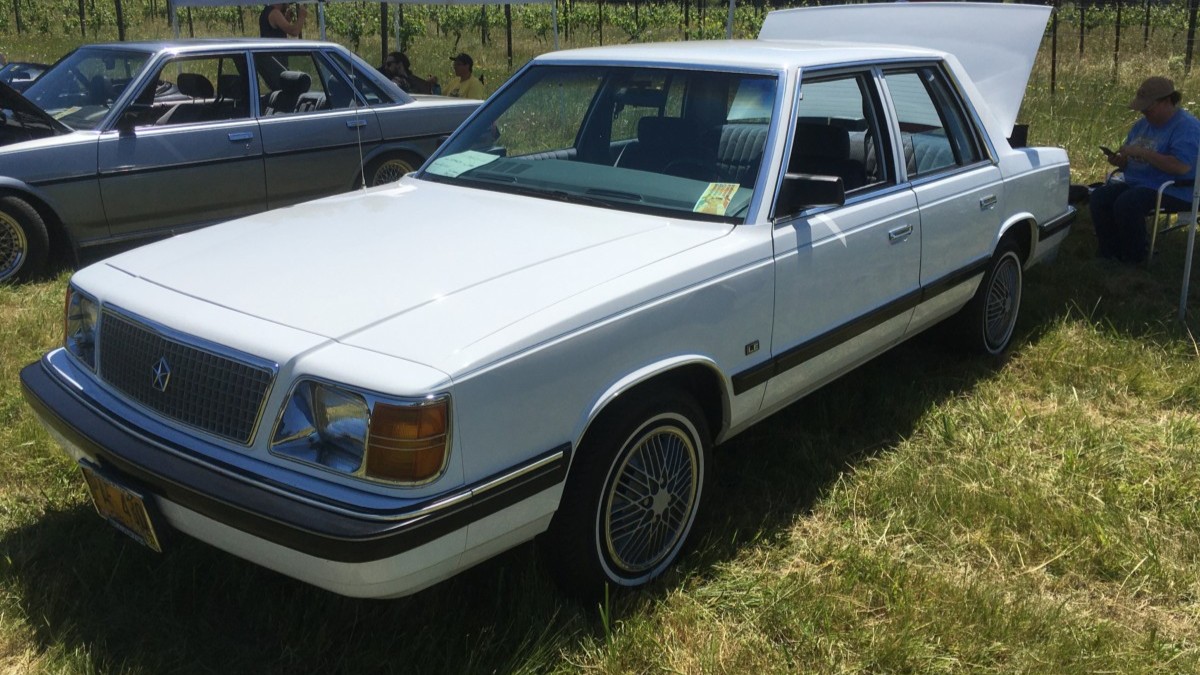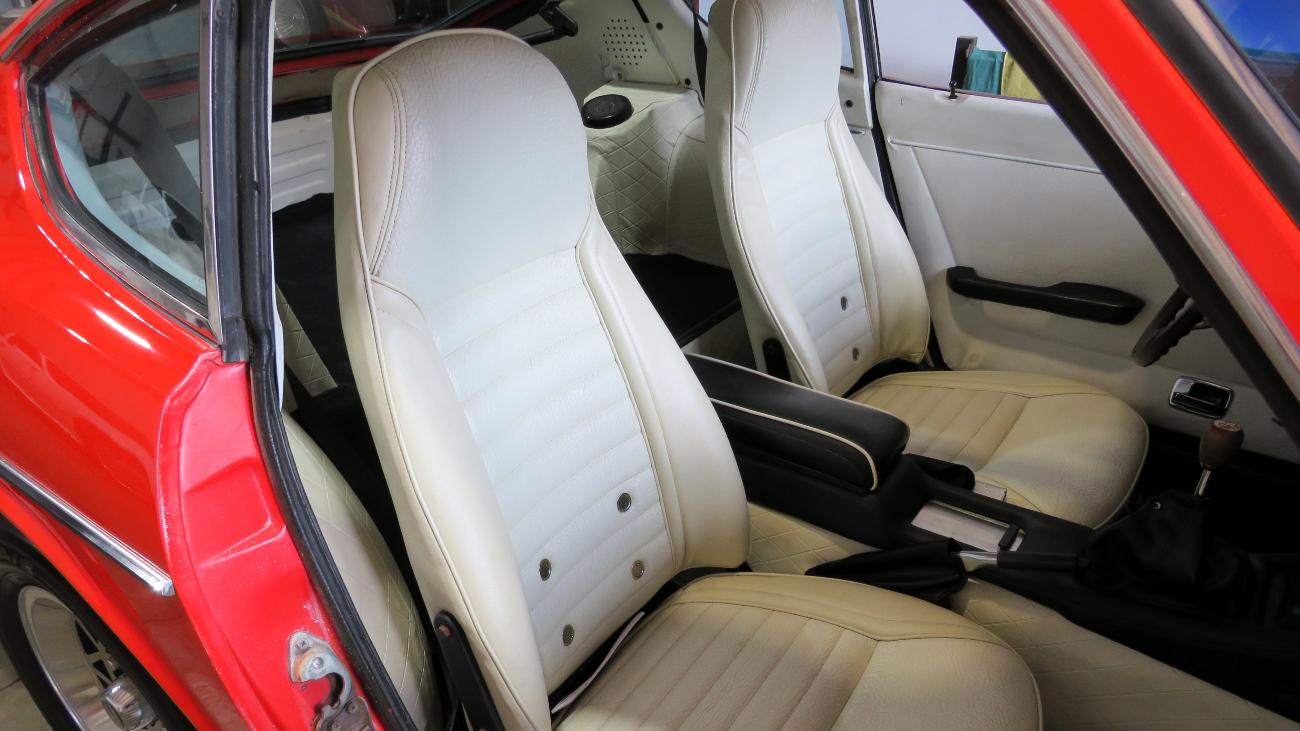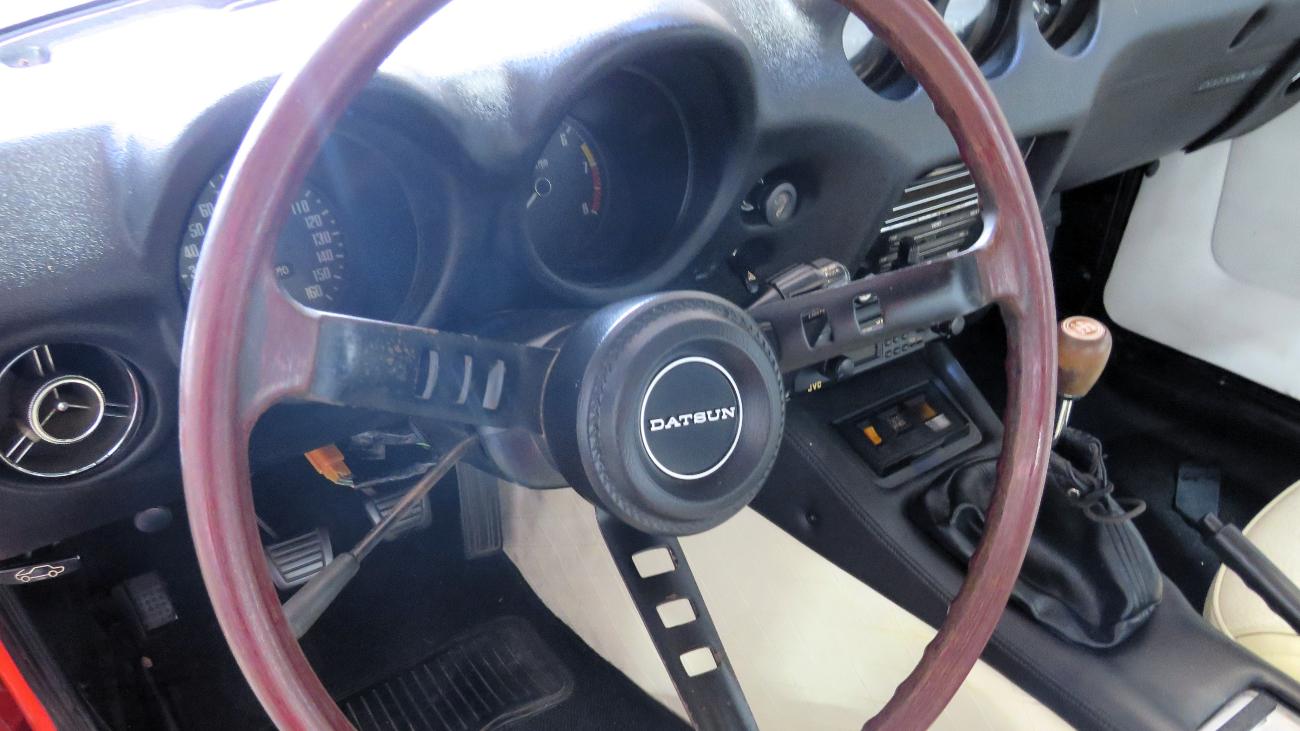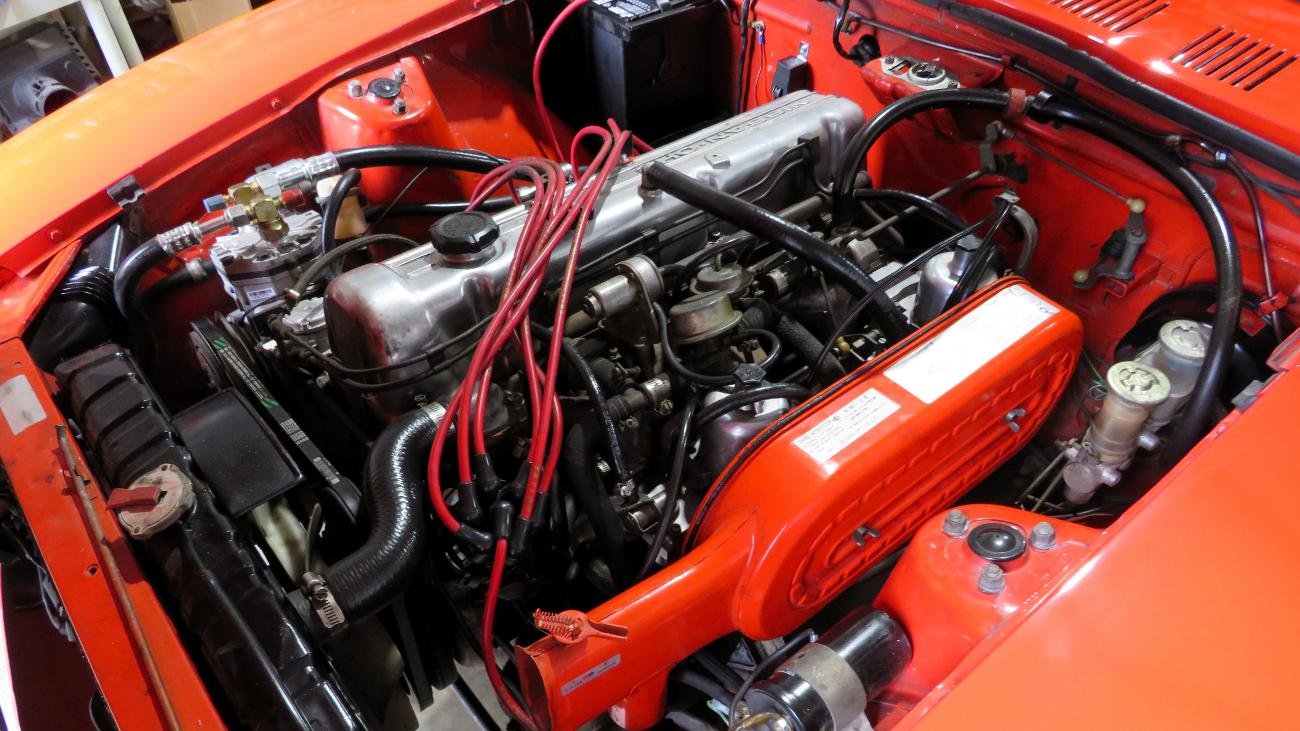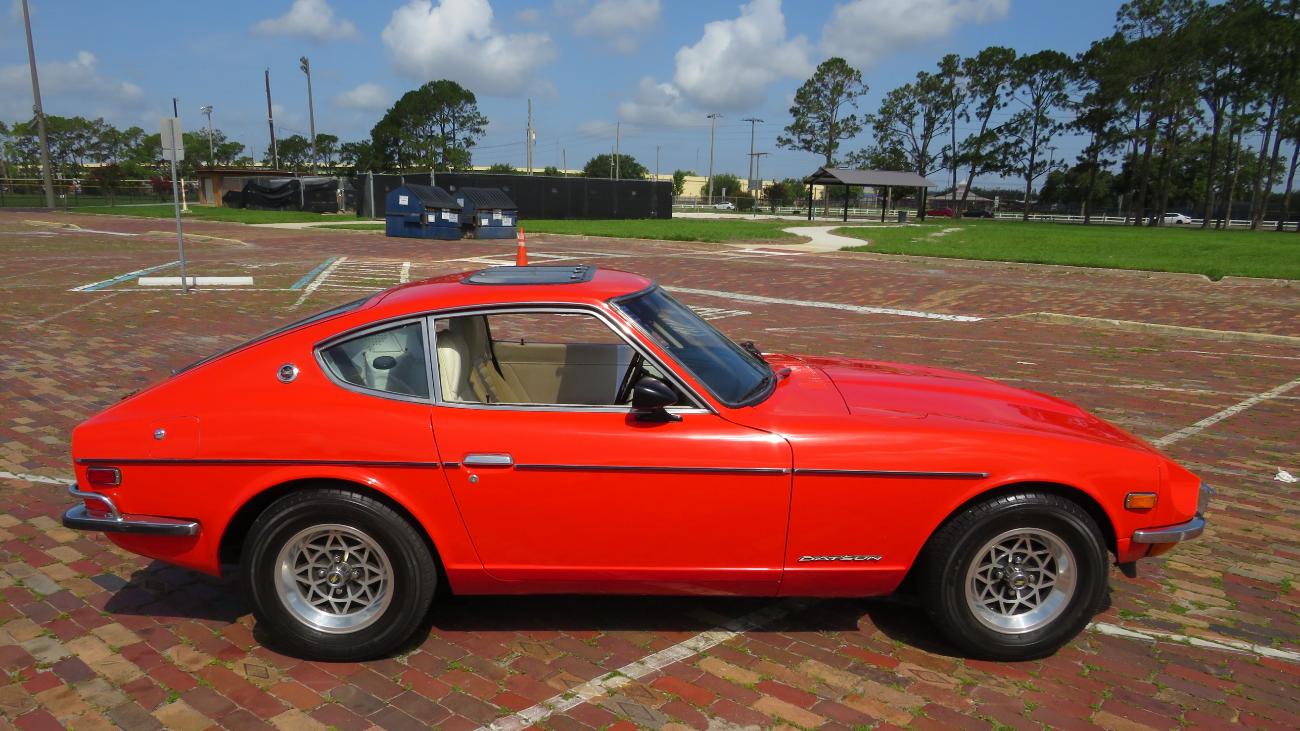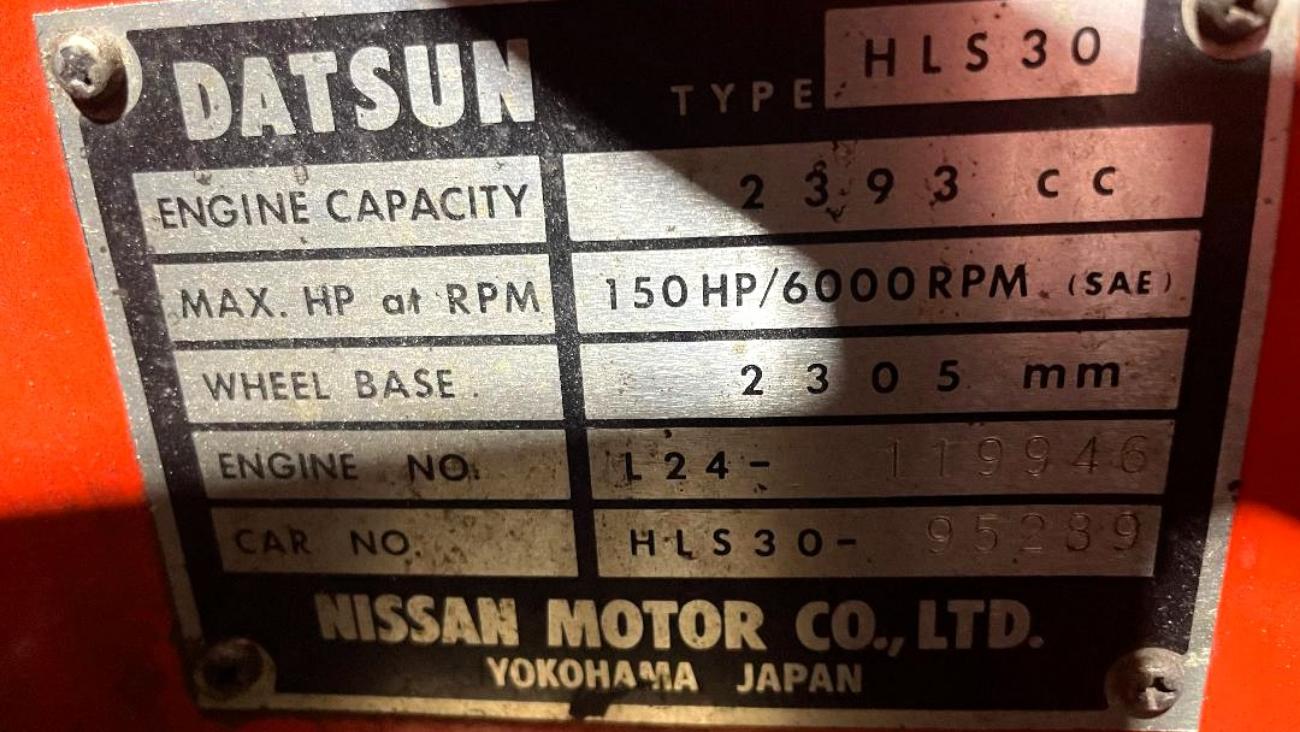How would you like to get behind the wheel of a turn-key award-winner? Featured on AutoHunter is this 1957 Ford Custom 300 4-Door Sedan. The car is being sold by a dealer in Canon City, Colorado, and the auction will end Wednesday, September 3, 2025, at 11:30 a.m. (PDT).
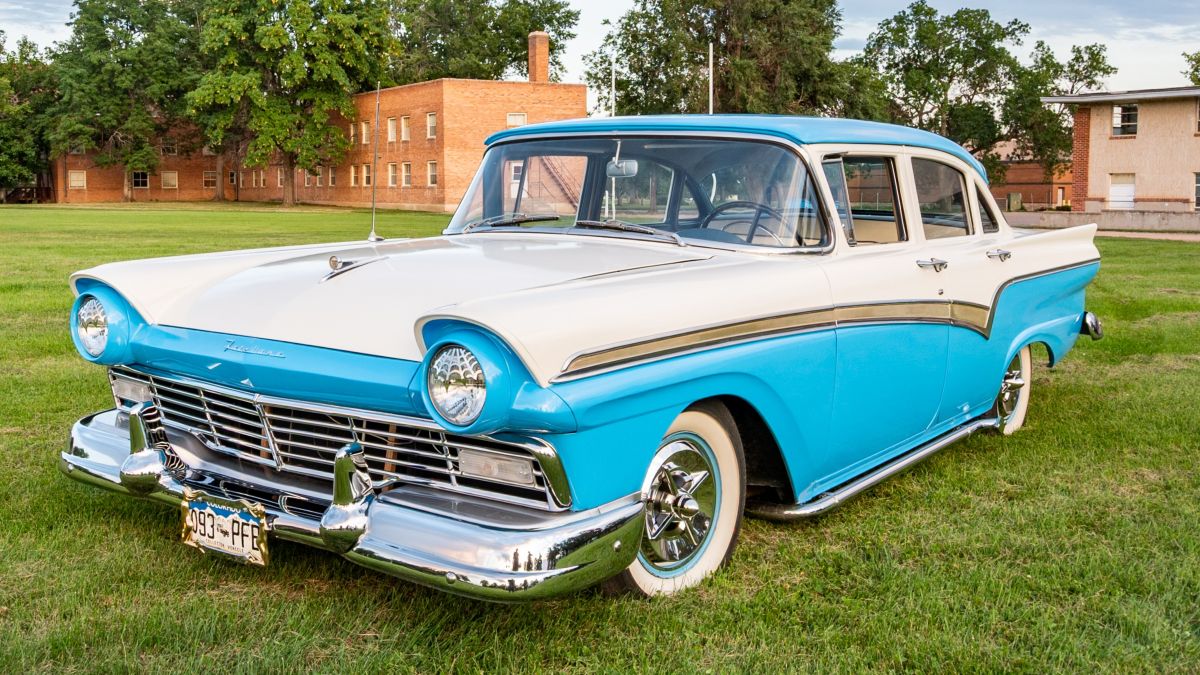
The car won “Best Stock” and “Best Classic” in 2009, as well as “Best Classic” in 2011. It was featured in a 2012 catalog for Night Prowlers Kustom Kemp, a brand that produces parts and accessories for hot rods and classics. Finished in two-tone Dresden Blue and Colonial White, it is no wonder why this Custom 300 caught the eye of so many car show judges and parts vendors. Its bumpers have been rechromed, and exterior features include bright trim, decorative lake pipes, a dual exhaust system, and 14-inch steel wheels wrapped in Coker Classic wide whitewall tires.
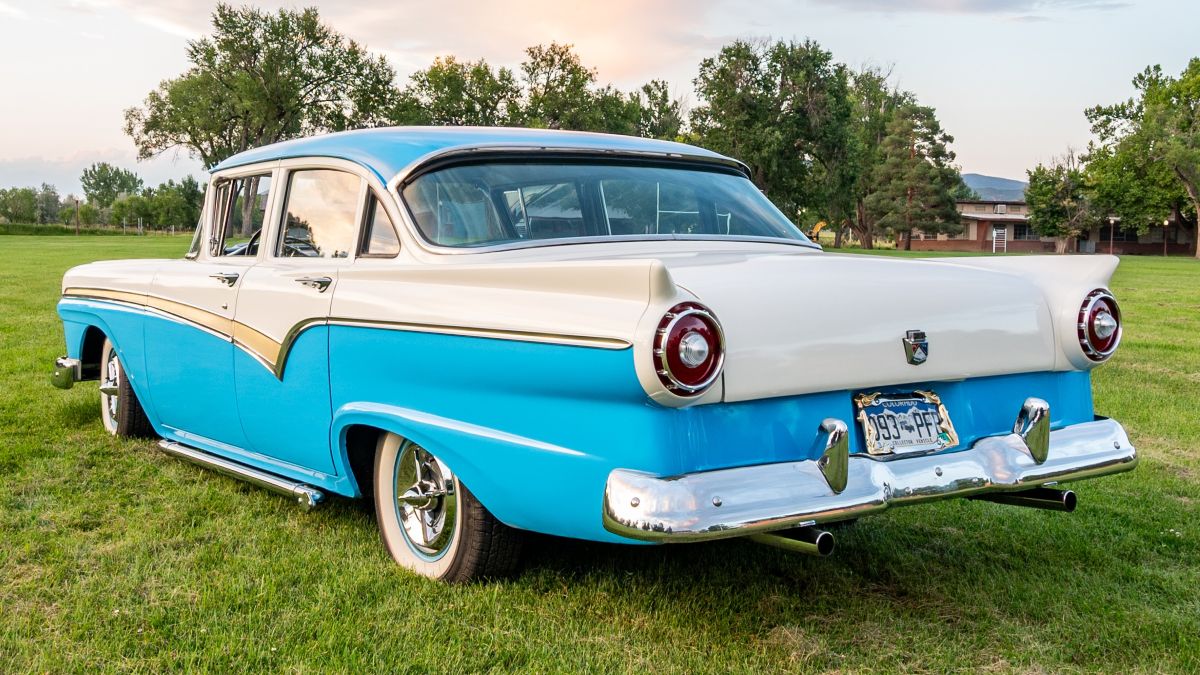
The 1957 Custom rode on a 116-inch wheelbase (its sibling, the Fairlane, was two inches longer). Thanks to the available powertrain (which we’ll touch on momentarily), the Custom was a “sleeper,” and it had surprising performance for being an otherwise no-nonsense, no-frills four-door sedan. One advertisement for the 1957 Ford models said, “Step to the head of the class in the new kind of Ford. It’s smarter, longer, lower than anything in its field … livelier, too – with Thunderbird V8 power!”
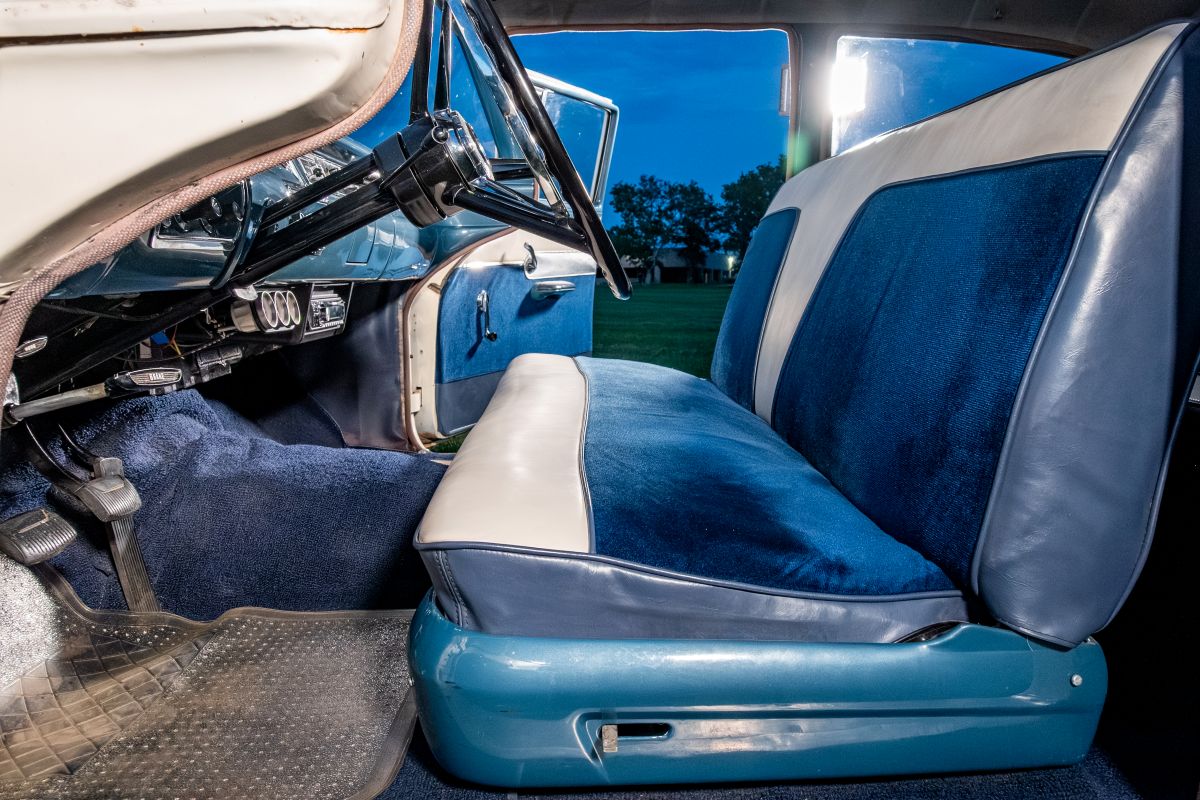
The interior of this car was spacious for its time: Ford emphasized the amount of space inside the cabin (“plenty of hat room, elbow room, and knee room”). This car’s interior was redone in two-tone white vinyl and blue cloth. The factory AM radio is inoperative, but an aftermarket Pioneer stereo with satellite connectivity was installed for modernized audio. The odometer reads 4,347 miles, but it does not track mileage accurately, according to the seller.
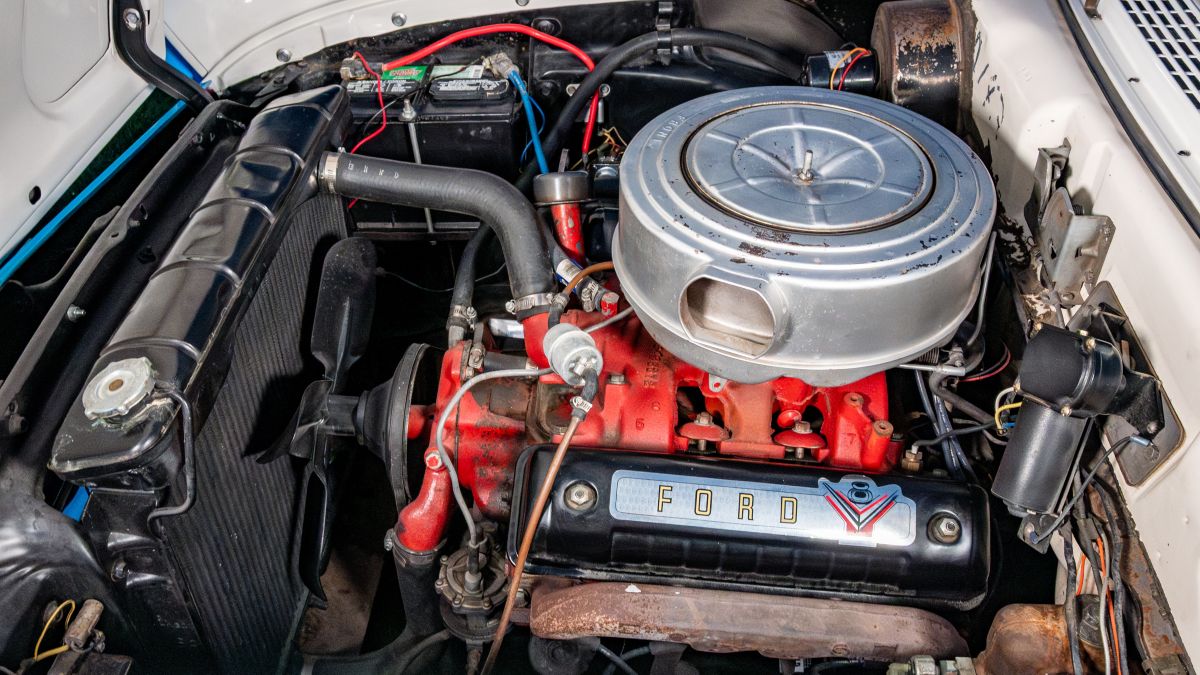
As for being a sleeper: power comes from a Thunderbird 292ci Y-block V8 mated to a three-speed manual transmission. It was rated at 212 horsepower and 297 lb-ft of torque with a two-barrel carburetor. An electronic fuel pump and an alternator (in place of the original generator) have been added.
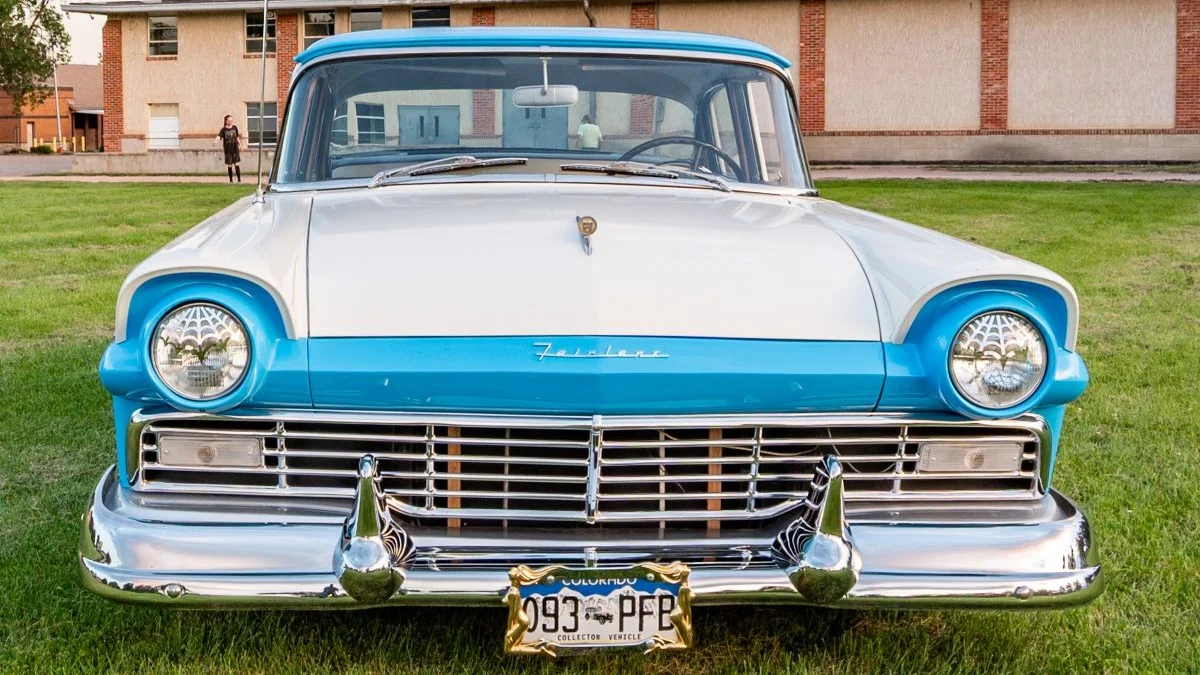
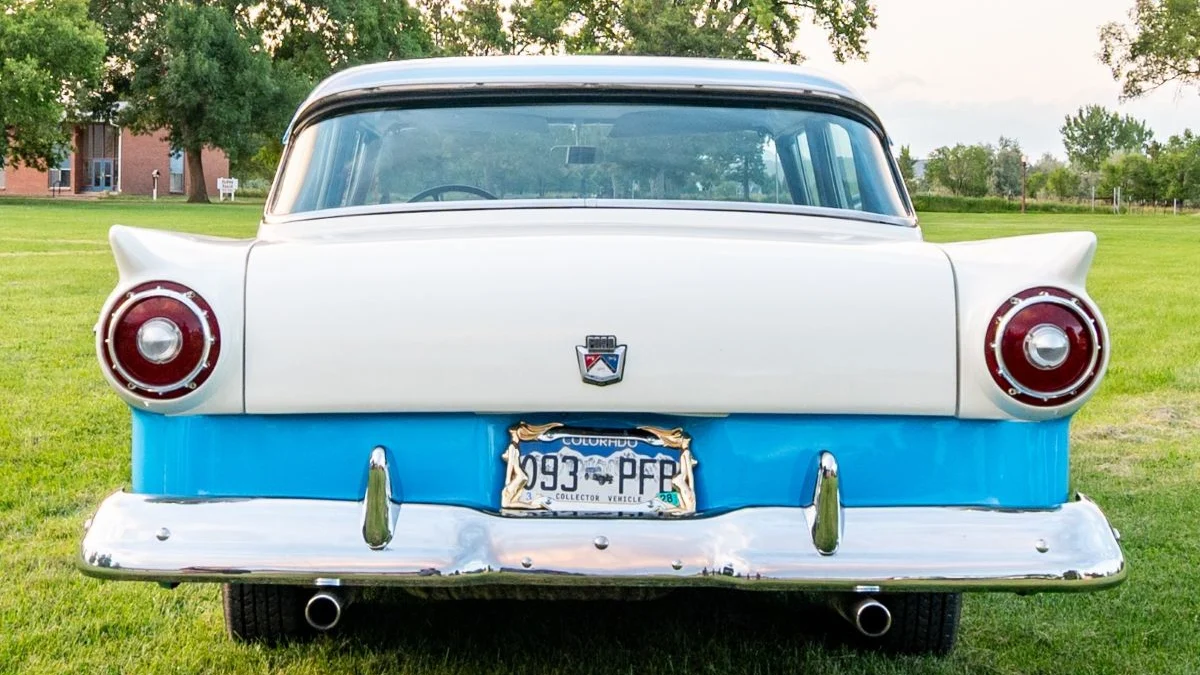
A copy of the car’s Colorado 1983 title shows the car’s registered owner as having lived in Canon City, so the car has remained in its current area for at least the last 40 or so years. Accompanying the car is a long list of accompanying items, including spare parts, an owner’s manual, awards, parts catalog, service records, and other memorabilia. It is a complete “package deal.” As Ford said in its advertising for 1957 cars, “After you see it, other cars will never be the same.”
The auction for this 1957 Ford Custom 300 4-Door Sedan ends Wednesday, September 3, 2025, at 11:30 a.m. (PDT).
Visit the AutoHunter listing for more information and a photo gallery


